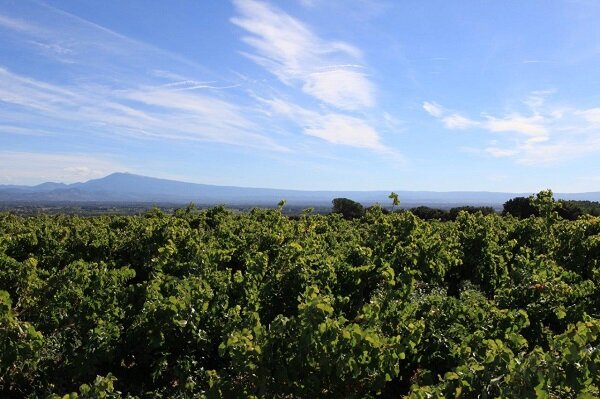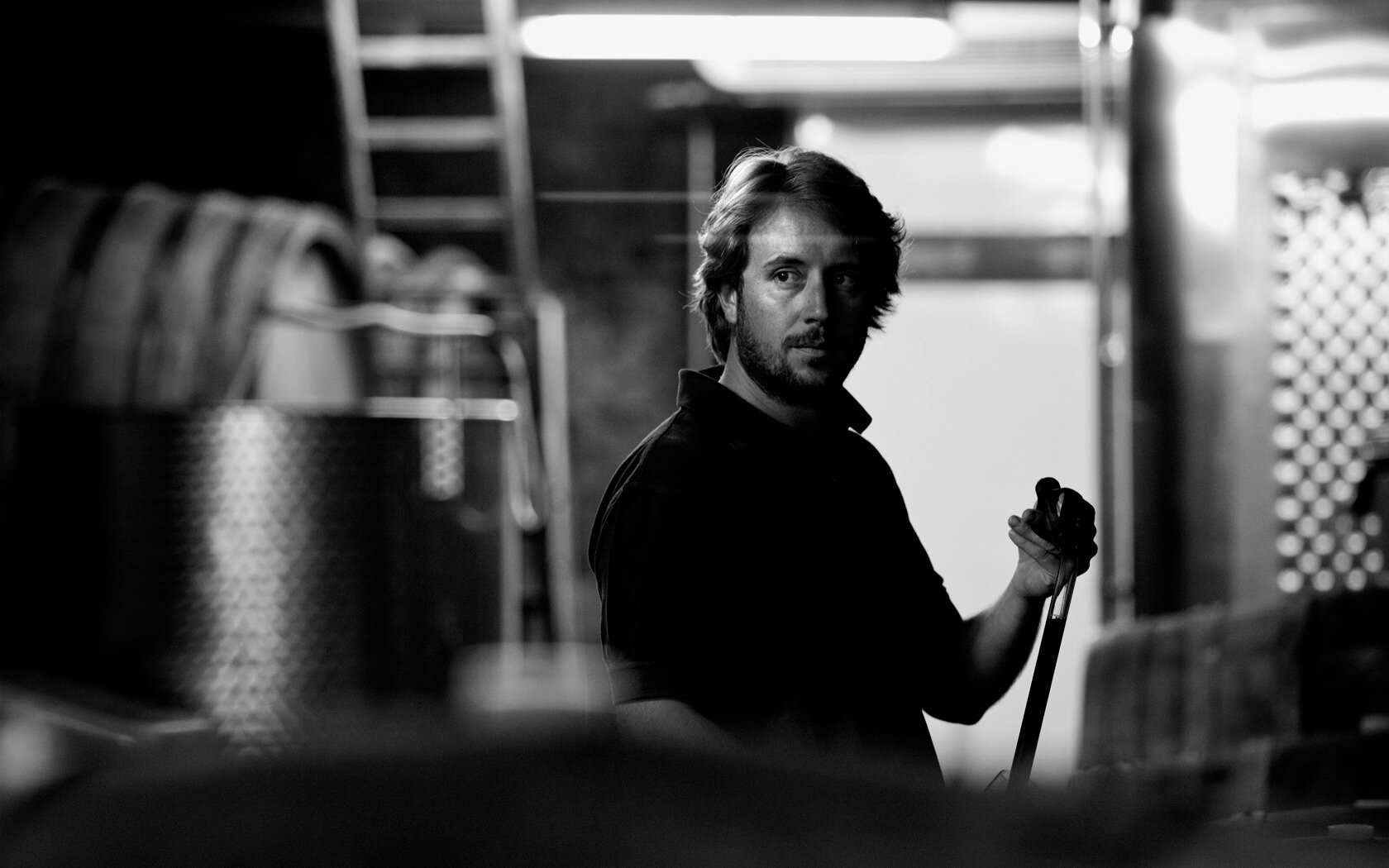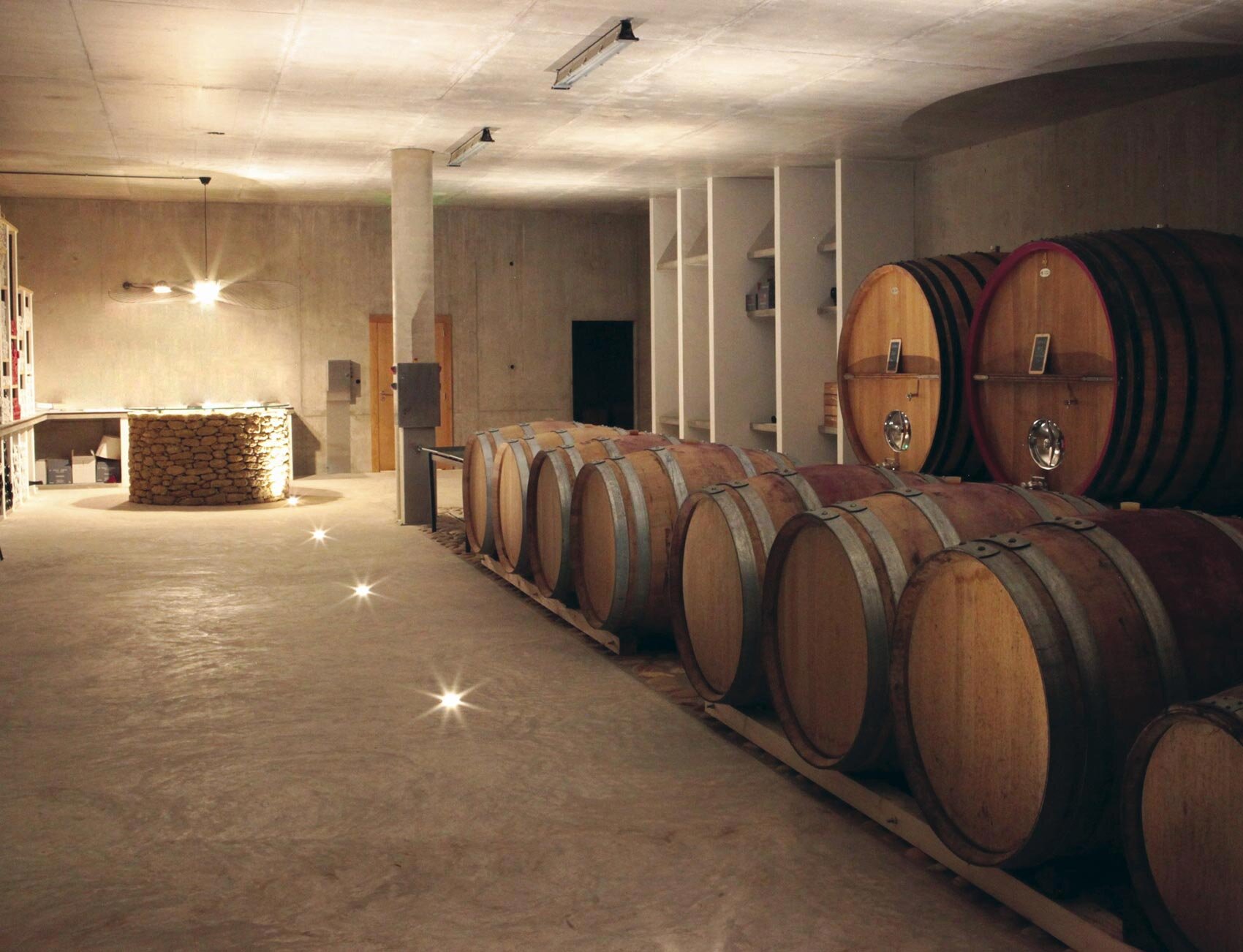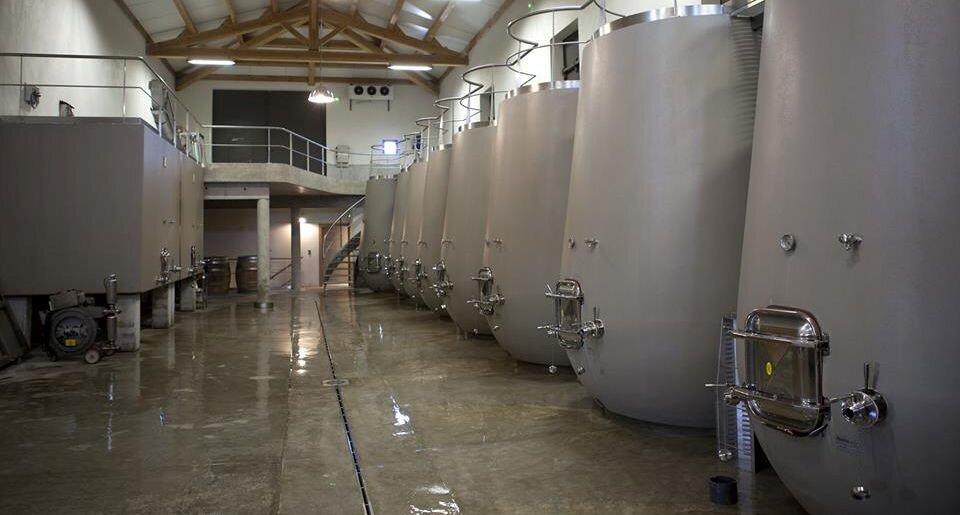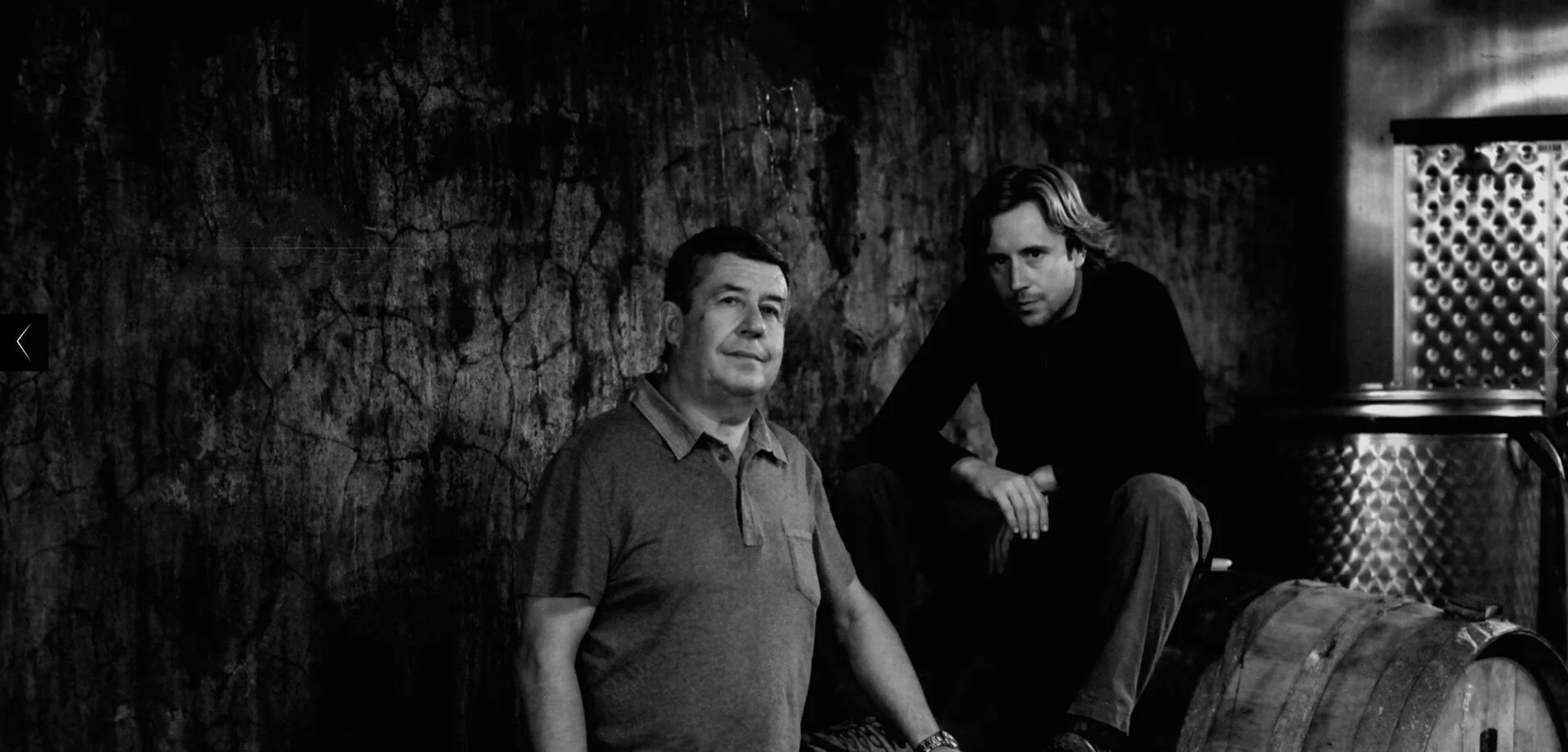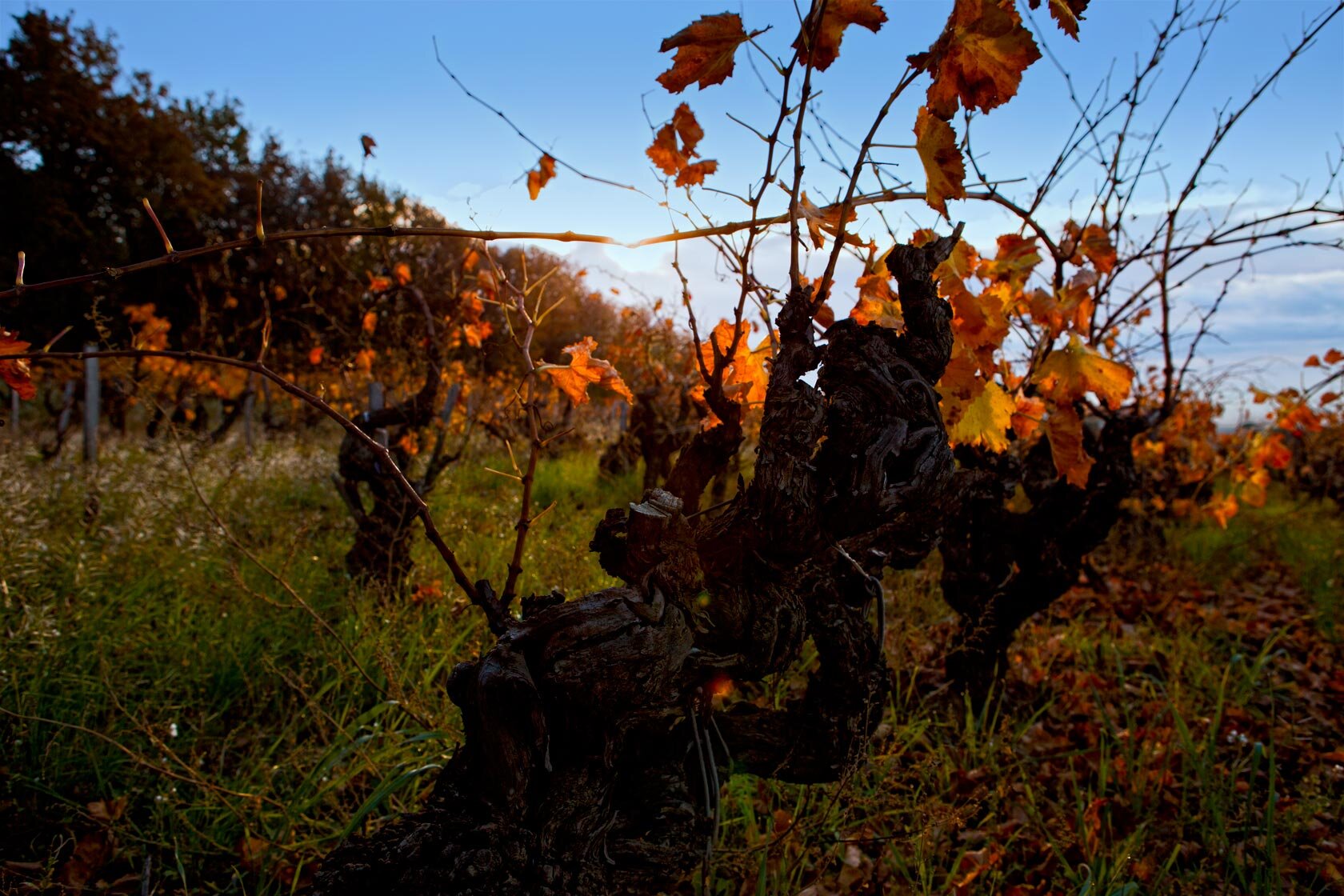DOMAINE LA BARROCHE
Châteauneuf-du-Pape
The wine story of the Barrot family in Châteauneuf-du-Pape starts in 1703 when Alexandre Barrot bought his first plot. Vineyards have been passed down from father to son ever since.
In the 1970s, Christian Barrot took over the family estate. At a time when wine was nothing more than a simple commodity, Christian worked hard to understand his vineyards and to produce wines that would speak of their terroir. Most of the production was sold in bulk to wine merchants in the northern Côtes-du-Rhône but he bottled a small part of the wine himself, calling it Lou Destré D’Antan (meaning "The Winepress of Days Gone By" in Provençal) in honor of his grandfather.
Christian Barrot was joined by his children, Julien and Laetitia in the early 2000s. Very quickly after, the family agreed to stop selling wines to wine merchants and to focus on Domaine-bottled wines. The 2003 vintage marks the first official release of Domaine la Barroche. Julien Barrot took over the full-time running of the Domaine in 2006.
Today, Domaine la Barroche has 12.5 hectares of vines. Most of the vineyards are located in the north and north-east of the appellation with just a few plots located close to the town of Chateauneuf-du-Pape on the southern side. The holdings are in some of Châteauneuf’s most hallowed ground, most notably those at the junction of the sandy Rayas, Pointu, and Grand Pierre vineyards. The average age of the vines is 60 years old and one-third of the vineyards are more than 100 years old
From these wonderful terroirs and old vines, Domaine la Barroche produces wines that are resolutely traditional Châteauneufs. The cuvée Signature showcases everything you could possibly want from the appellation, and the rare cuvées Pure and Pure Blanc are wines that rival the very finest in the appellation.
In the Vineyard
The vineyards are farmed completely organically.
Every year, the same basic operations are carried out in the vineyard, but Julien Barrot and his team constantly adapt their approach to the weather, the soil, and the phases of the moon.
In winter the vineyard is ploughed to cover the base of the vines with soil to protect them from the cold. Pruning starts and is carried out according to the moon cycles.
In late March and early April pruning finishes. It is then time to straighten up vines blown down by the Mistral, to tie up the vines, to look after the young vines, and to distribute pheromone capsules for mating disruption. More work is done on the soils at this time of year: hoeing, light ploughing, and unearthing the trunk of the vines is performed throughout the vineyard.
In late spring, meticulous bud thinning is carried out to help control yields and later in the summer, green harvest might be performed depending on the condition of the vintage.
When the harvest comes, the grapes are entirely handpicked and rigorously sorted.
In the Cellar
Since 2015, Julien Barrot vinifies his wines in a new cellar opposite Clos des Papes.
Julien Barrot is a firm believer in noninterventionist practices, his meticulous approach implies doing everything by gravity and keeping the wines from different grape varieties in different types of containers depending on their personality and structure and letting them evolve separately.
The grapes undergo a cold maceration and are fermented in concrete vats; extraction is very gentle to retain more fruitiness. The wines are aged on fine lees in a mixture of large old wooden foudres and smaller oak barrels or steel tanks. Syrah and Mourvedre are put in 2 years old burgundy barrels, while Grenache is raised in foudres and steel tanks. No racking is performed during the élevage. The wines are bottled unfiltered.
Pure Rouge
Pure comes from a single plot of vines planted 1901 in sandy soil at the junction of Grand Pierre, Rayas, and Pointu vineyards.
As most old vineyards in Châteauneuf-du-Pape, this plot is con-planted. About 97% of the vines here are Grenache and the rest is a mix of few other local varieties. Everything is harvested and vinified together.
Pure Blanc
Pure Blanc is made from Clairette grown in the lieu-dit of Pied Long located in the north-east of the appellation in the iron-rich sandy soil of marine origin with limestone beneath.
2016 was the first vintage of this cuvée.
Fiancée
The Fiancée is a blend of 50% of 100 year old Grenache vines and 50% of younger Syrah vines.
The Grenache comes from the 100-year-old Terres Blanches plot. The Syrah comes from the Cabrières plot.
Châteauneuf-du-Pape
Signature
Signature is a blend of Grenache, Mourvèdre, Syrah and Cinsault and Vacarres. The Grenache, that makes for more the 60% of the blend, come from a few plots: a plot at the junction of "Palestor" and "Bois Dauphin", an other plot at the junction of "Grand Pierre", "Rayas" and "Pointu" and from plots in "Cabrières", "Boursan" and "Pied Long". The Mourvèdre comes from "Les Mascaronnes" and "Boursan" plots. The Syrah comes from plots in "Le Parc" and "Cabrières" and the Cinsault is sourced in the “Pierre à feu” lieu-dit.
Most of the vines used in this cuvée are more than 70 years old and are planted on soils that are representative of the appellation of Châteauneuf-du-Pape: yellow and red sand, red clay and large pebbles.






